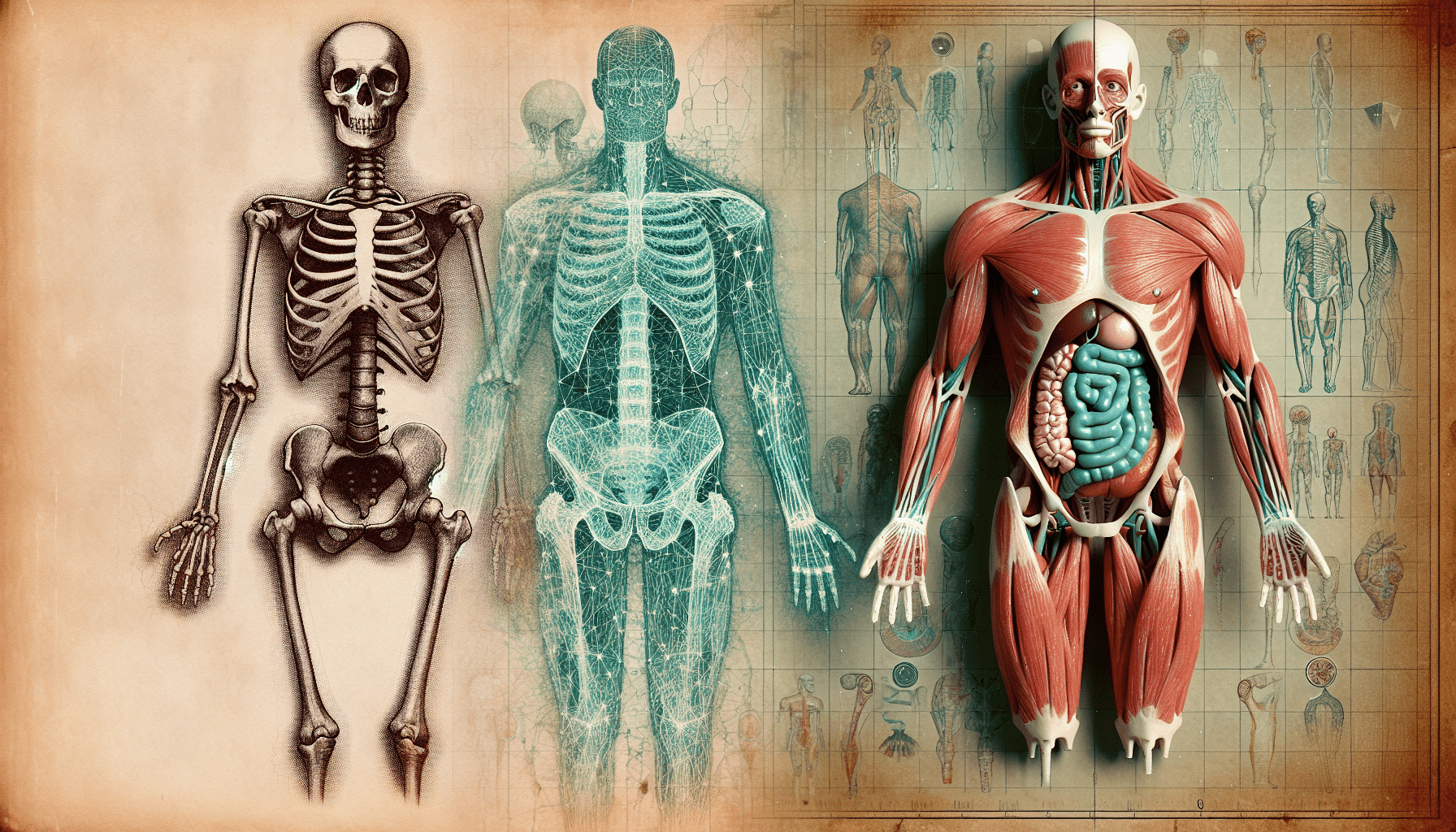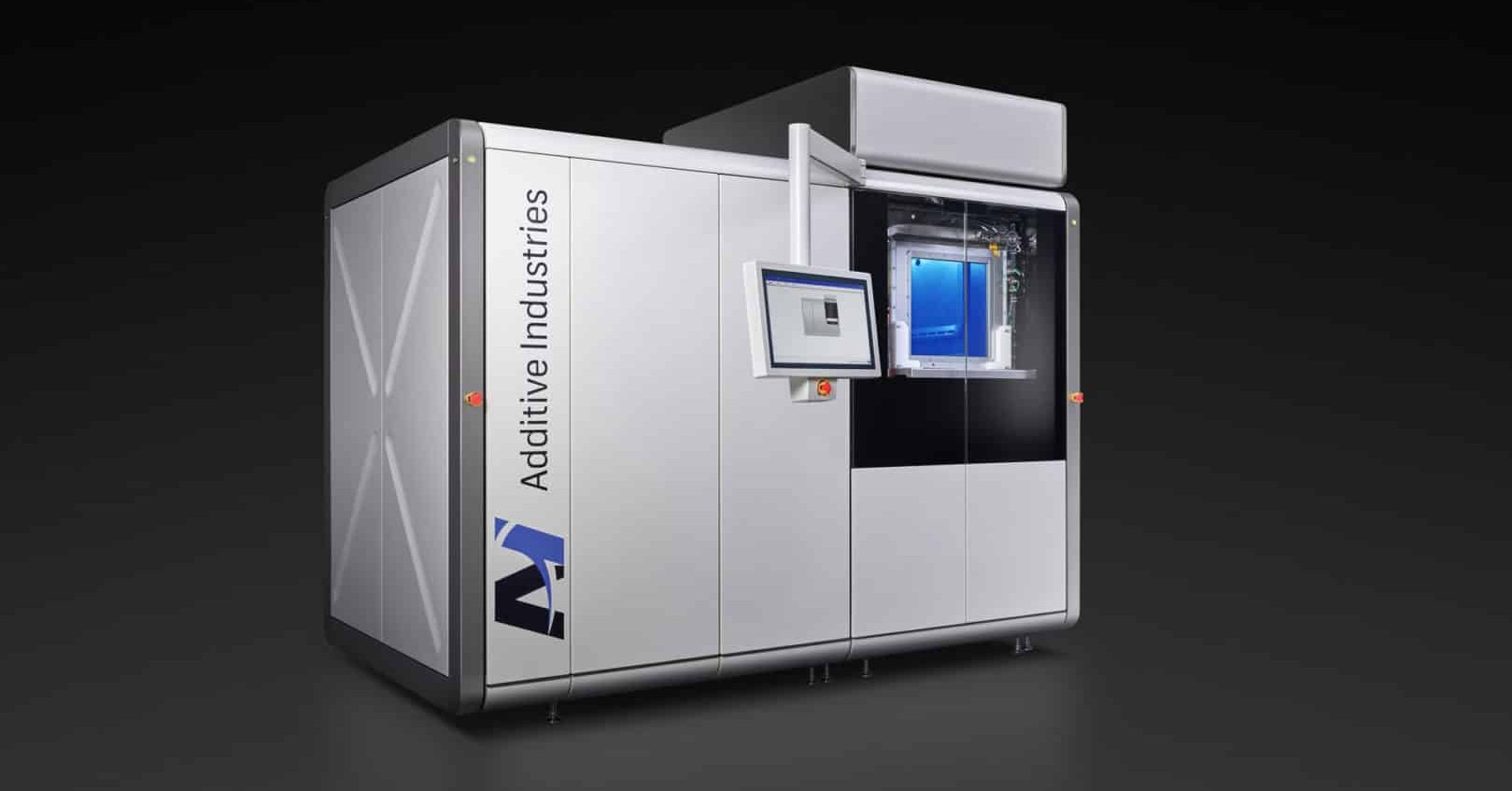FLASHFORGE AD5M 3D Printer Fully Auto Calibration Print with 1-Click Max 600mm/s Speed, All-Metal CoreXY Structure Precise Printing, Easy-Maintenance Quick-Swap Nozzle, Print Size 220x220x220mm
$259.00 (as of June 18, 2025 23:32 GMT +00:00 - More infoProduct prices and availability are accurate as of the date/time indicated and are subject to change. Any price and availability information displayed on [relevant Amazon Site(s), as applicable] at the time of purchase will apply to the purchase of this product.)In this article, we explore the evolution of medical visualization, specifically from illustrations to 3D models. Starting with the history of medical illustrations, which date back to the Renaissance era, we observe the level of detail and effort that went into accurately capturing the structure of plants, animals, and the human body. However, traditional medical illustrations have limitations in terms of time, accuracy, and the ability to interact with the subject matter. This has paved the way for the use of 3D visualization in the medical field, which has become indispensable for conferences, educational purposes, and medical research. We highlight several studios and individual artists who are at the forefront of this emerging industry, showcasing their impressive works and contributions to medical visualization.
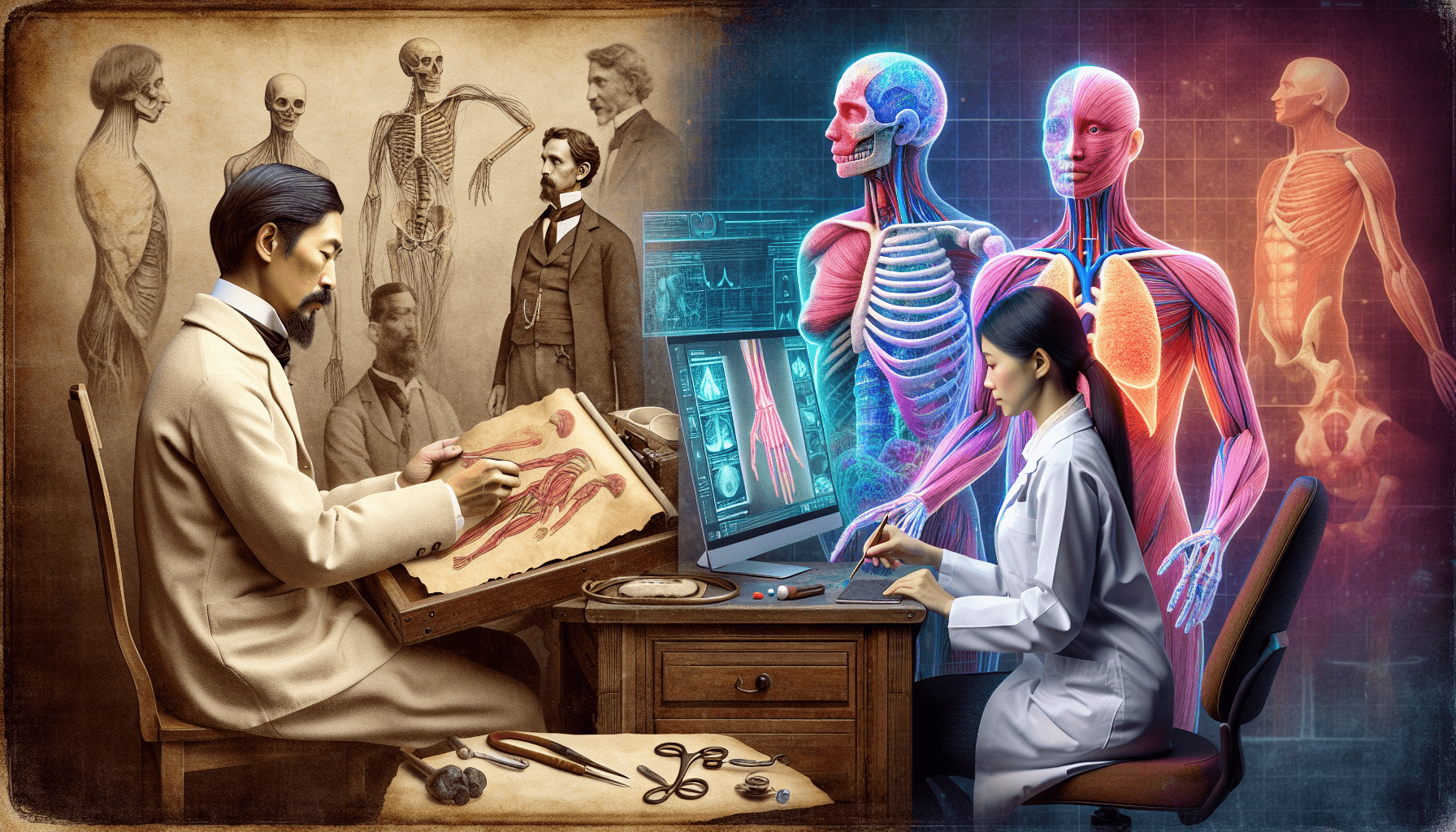
The Beginnings of Medical Illustration
The use of illustrations in medicine and biology has existed since the beginning of these fields. As humans became interested in understanding the world around them, they began to depict and record the structure of plants, animals, and the human body. From the time of the Renaissance until the end of the 20th century, artists produced medical illustrations that stagger the imagination with their painstaking detail and the immense time and effort required to create them.
Examples of these illustrations include Leonardo da Vinci’s intricate drawings of the human skull, Andreas Vesalius’ detailed anatomical illustrations, and surgical anatomy posters from the 19th century. These works showcase the skill and dedication of the artists who spent countless hours depicting the human body and its various systems.
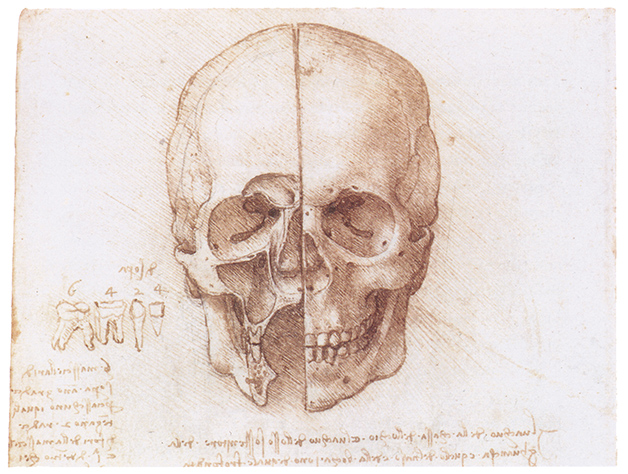 Human skull by Leonardo da Vinci
Human skull by Leonardo da Vinci
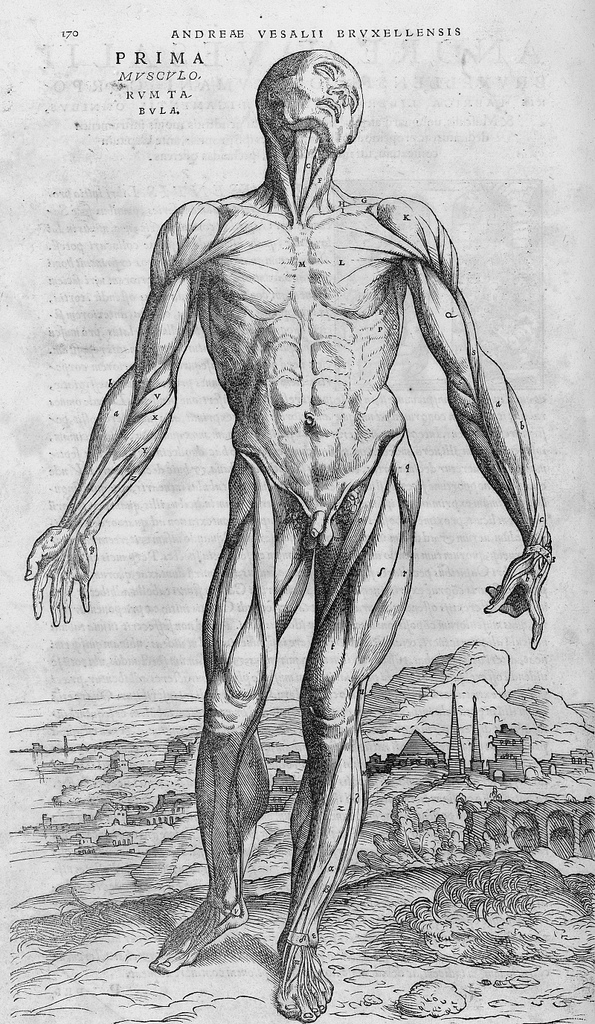 Andreas Vesalius, 1542
Andreas Vesalius, 1542
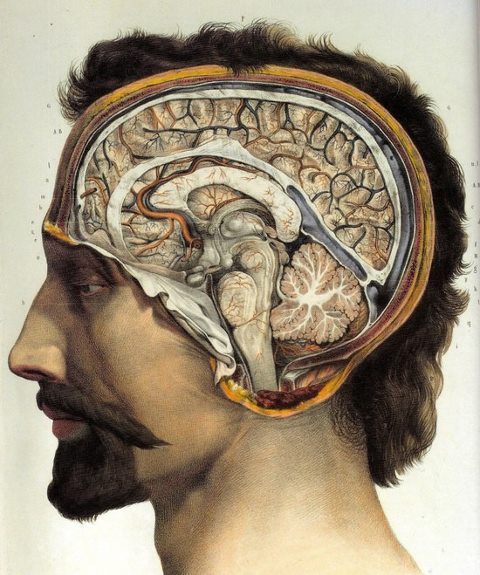 Human brain surgical anatomy poster, 1831
Human brain surgical anatomy poster, 1831
While medical illustration continues to be widely used today, it has its limitations. Traditional medical illustration is a time-consuming process, requiring meticulous attention to detail. The final images are often far from accurate representations of the subject matter. Additionally, traditional illustrations lack a tactile experience, making it difficult to fully understand the structure and intricacies of the depicted subject. These limitations have paved the way for the rise of 3D visualization in the field of medicine.
The Rise of 3D Visualization
The application of 3D visualization has revolutionized the medical field, particularly in conferences, presentations, and education. 3D animation has become essential for demonstrating biological processes and explaining complex biological structures. The ability to visualize these processes in three dimensions allows for a greater level of understanding and engagement.
Furthermore, 3D visualization has opened new frontiers in medical research. While the process of creating 3D models and animations can be time-consuming and resource-intensive, it allows researchers to explore the complicated structures of viruses and bacteria in greater detail. By visualizing these structures, scientists can better understand their mechanisms of action and develop more targeted treatments.
$30 off $400+ Anycubic Products with code AC30OFF
Notable Studios in the Field
Several studios have made significant contributions to the field of medical visualization. These studios employ talented artists and animators who specialize in creating scientifically accurate and visually stunning representations of medical subjects. Some of the notable studios in this field include:
Hybrid Studio
Based in Minneapolis, Hybrid Studio has been in the business for over 18 years. They offer a wide range of services, including animation and visualization of complex surgical procedures. Additionally, they provide scriptwriting services for medical processes, ensuring accurate and informative presentations.
xVivo Studio
With 13 years of expertise in animation, xVivo Studio has gained recognition for their exceptional work. They specialize in animation and have produced notable works in neuron and clathrin visualization. Their demo reel showcases the breadth and depth of their skills in medical visualization.
inVivo Studio
Specializing in medical games and mobile applications, inVivo Studio has been in operation for 17 years. They create immersive experiences inside the human body, allowing users to explore and learn about various medical processes and conditions.
Visual Science Studio
Headquartered in Moscow, Russia, Visual Science Studio has been in operation since 2007. The studio collaborates with professionals from around the world, including 50 Ph.D. experts in the field. They are known for creating scientifically precise 3D models and have produced impressive works in medical animation and visualization. Notably, they have created the most scientifically accurate 3D model of the influenza virus.
AXS Studio
Based in Canada, AXS Studio stands out for having employees with medical training or degrees. Their team’s expertise and understanding of medical processes contribute to the accuracy and precision of their visualizations. Their showreel features a wide range of medical visualizations, demonstrating their capabilities in the field of medical training.
In addition to these notable studios, there are also individual artists and freelancers who have made significant contributions to medical visualization. Their expertise and creativity have led to the creation of stunning visual representations of medical subjects. Some noteworthy individual artists include James Archer, Joel Erkkinen, Hugo Bodoukian Meyrant, Dmitrij Leppée, Marc J. Goliszek, and Idan Itzhaki.
Conclusion
Medical visualization has come a long way since the early days of medical illustration. The advent of 3D visualization has revolutionized the field, allowing for more accurate, engaging, and immersive representations of medical subjects. Notable studios and individual artists have made significant contributions to this field, using their expertise and creativity to create scientifically accurate and visually stunning visualizations. With ongoing advancements in technology and the continuous push for better medical understanding and education, the future of medical visualization looks promising.
Buy Photon Mono M5 Get Free 1KG Resin
